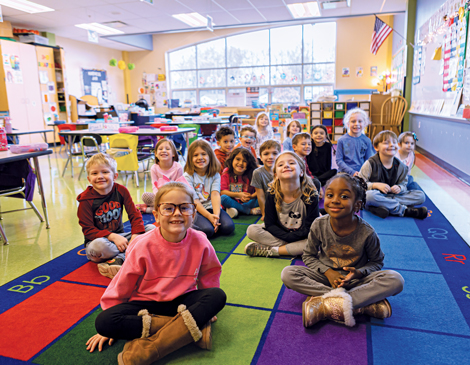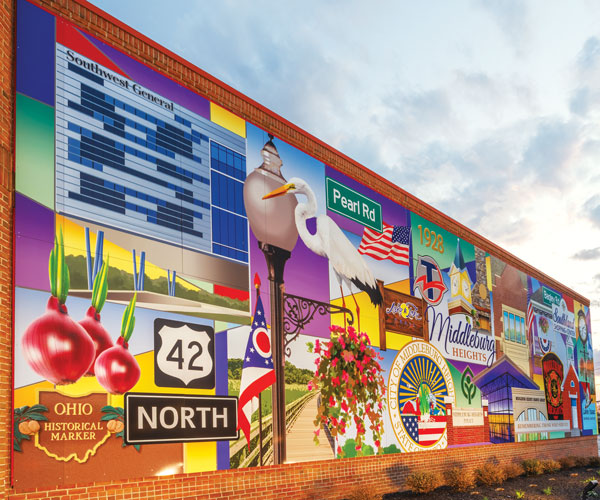The road ahead looks sunny for Berea City School District’s 5,457 students, thanks in large part to Destination 2027, the system’s new five-year strategic plan. Recently unveiled by Superintendent Tracy Wheeler, it’s designed to ensure every student receives the quality education and real-world experiences needed to prepare them for whatever life holds.
“The district’s previous plan centered on upgrading to much-needed technology hardware that’s essential for connectivity in our schools,” says Wheeler, who’s served in her current leadership role since 2019. “Then COVID hit, and times changed. We know it’s crucial to not only incorporate [tech] instruction into the curriculum but also increase the focus on what we’re calling ‘deeper learning.’”
Destination 2027 features four priorities of equal importance. Highlights include:
The Total Titan
Named after the district mascot, it affirms the commitment to develop the unique needs of every student that are foundational to the intellectual and social development necessary for success; support clubs that represent diverse interests and create future leaders; and gather information about the physical and mental well-being and social and cultural needs of the school community.
Student Success
Provide equitable opportunities for growth while following the curriculum aligned with Ohio Learning Standards and Depth of Knowledge; and encourage active participation from scholars and their families to design pathways to achievement.
Finance and Facilities
Commit to a sustainable and transparent financial plan that aligns resources and facilities to district goals; and update and review existing maintenance and infrastructure plans annually.
Family and Community Engagement
Create a culture of collaboration and effective communication to engage students’ families and community stakeholders as partners in student success; restructure the existing Family Engagement Team/Committee/Council in order to welcome and onboard new families and students to the district; create a career laboratory to develop skills in students that will enhance and contribute to their employability; and build and strengthen strategic partnerships with businesses, organizations and civic leaders to expose students to employment opportunities.
“Many of the jobs our kids will have after they graduate haven’t even been created yet,” Wheeler reflects. “Content is clearly important in any curriculum. But adaptability, communication, critical thinking, empathy, innovation and leadership are also competencies we want our students to lead with and build upon.
“At the end of the day,” she adds, “those are the skills that will make them successful.”




